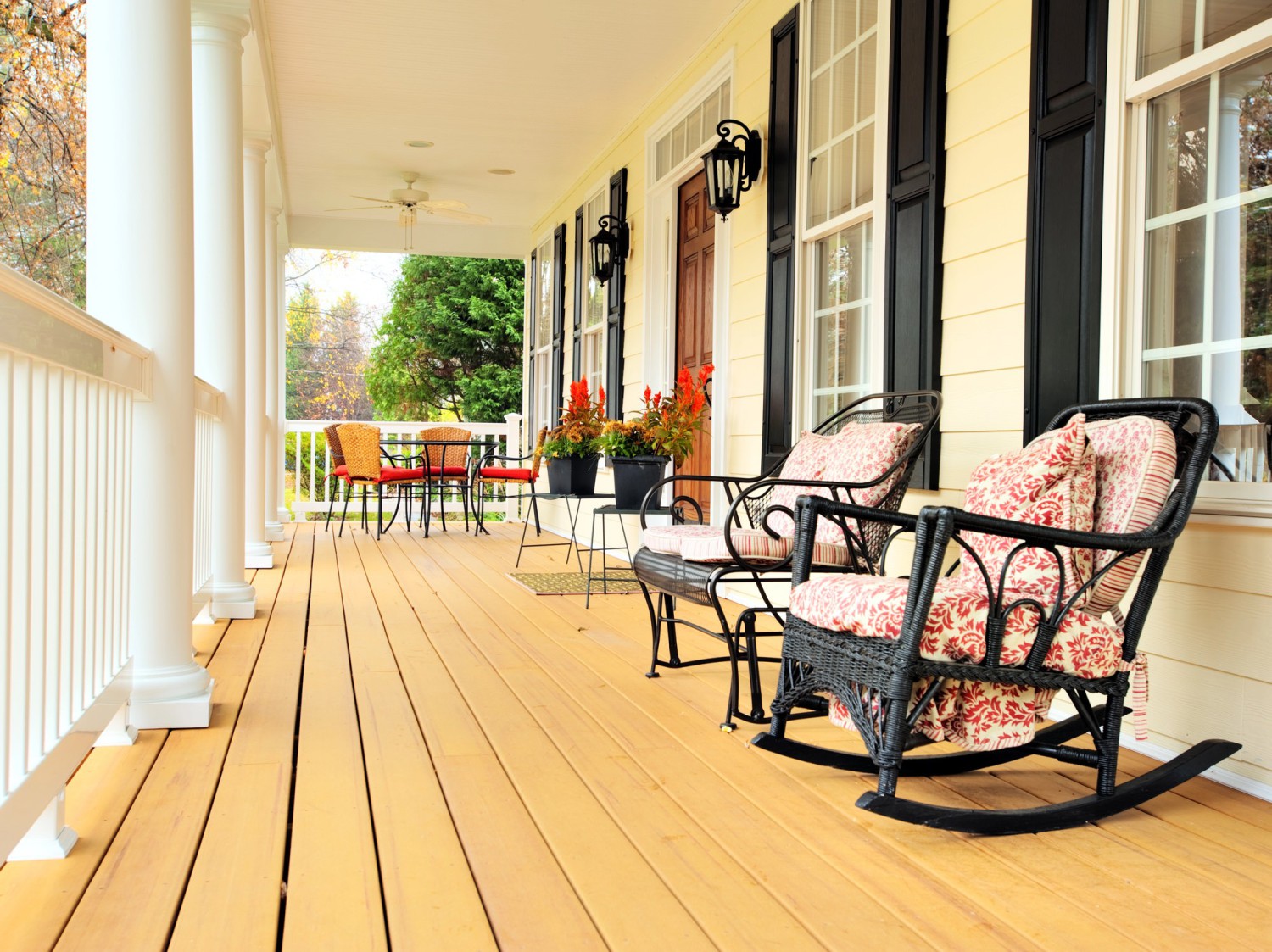
There’s no denying that walking into an ancestral home is like cracking open an old novel discovered in the attic. You can feel the history, the lives of the former inhabitants… But sometimes these properties present us with unexpected problems.
Rest assured that what may seem initially like an unsurmountable difficulty is often very fixable, especially with the help of the right experts.
Why Do We Find Ancestral Properties so Enchanting?
Many residences in Québec are over one hundred years old. But the pool of buyers drawn to this type of property is relatively small. And yet, people interested in historic homes are often passionate about them!
The creak of timeworn floorboards sings to the soul. Exposed wood beams and splendid architectural details captivate the eye. Plus, these homes typically have large yards with great big trees that provide lots of shade, and they’re usually situated in highly sought-after centrally located neighbourhoods.
And most of all, they possess a character and atmosphere impossible to replicate in a new build. Living in an ancestral home offers the privilege of caring for a piece of Québec history!
Inherited Challenges…
Nevertheless, older constructions come with their own set of recurring issues:
- Antiquated foundations: made of stone or primitive concrete… and sometimes as leaky as a rusty sieve.
- Poor insulation: energy efficiency just wasn’t a thing in 1920. The result? Hydro bills that soar faster than the mercury in an old-fashioned thermometer.
- Aging plumbing and electrical systems: some systems simply no longer suit our modern needs (imagine a single circuit powering three computers, a game console, and a deep fryer…).
- Period materials: lead paint, asbestos, etc. Which isn’t a big deal if left intact, but it’s something to keep a close eye on during renovations.
… And the Solutions Available to Savvy Homeowners
The good news is that straightforward solutions exist for most of these problems:
- Upgrade the insulation, possibly from the outside.
- Have a modern French drain put in and say goodbye to leaks.
- Update the plumbing and the electrical wiring (this will also help you sleep better at night).
- Install an effective ventilation system to remove moisture and keep the air healthy.
Carefully Read the Declarations by the Seller
Past owners may have carried out renovations as necessary: you will find all the information you need in the Declarations by the Seller.
If not, then yes, you will have to bear the cost; but in return, this investment will protect your property’s value and ensure your living space meets 21st-century standards of comfort.
Honesty is Key When Buying or Selling
A homeowner selling an ancestral residence must lay their cards on the table and disclose all the renovations they have carried out and any work that needs to be undertaken in the future. This will reassure buyers and avoid surprises. In fact, if the owner knows about a particular problem or of a component that requires updating, they have to mention it in the Declarations by the Seller.
Buyers, for their part, must not hesitate to ask questions, request inspection reports and bills from completed renovations, and take the time to ensure they fully understand the property’s true condition.
Why an Inspector with Heritage Home Expertise Is Essential
As always, buyers are strongly encouraged to have a pre-purchase inspection done by a qualified building inspector, in this case with recognized expertise in heritage properties.
Not all professionals have the skills and knowledge to carry out a proper inspection because the structure of ancestral homes is so different from modern ones.
Why a Real Estate Broker Is Essential
Navigating the historic home market isn’t necessarily easy. Between inspections, upcoming renovations, and negotiations, teaming up with a real estate broker quickly proves indispensable.
- On behalf of the buyer, the broker asks the right questions, points out what to watch out for, and stays objective throughout the buying process.
- On behalf of the seller, the broker knows how to showcase the house’s unique character all while remaining transparent about its quirks.
The broker acts as a guide: they make what can feel like a complicated process simpler, not as risky… and usually a lot less stressful.
In short, don’t let minor issues dissuade you from undertaking such an exciting project! With the right advice and the right renovations, a heritage property can become a gem of a home.
